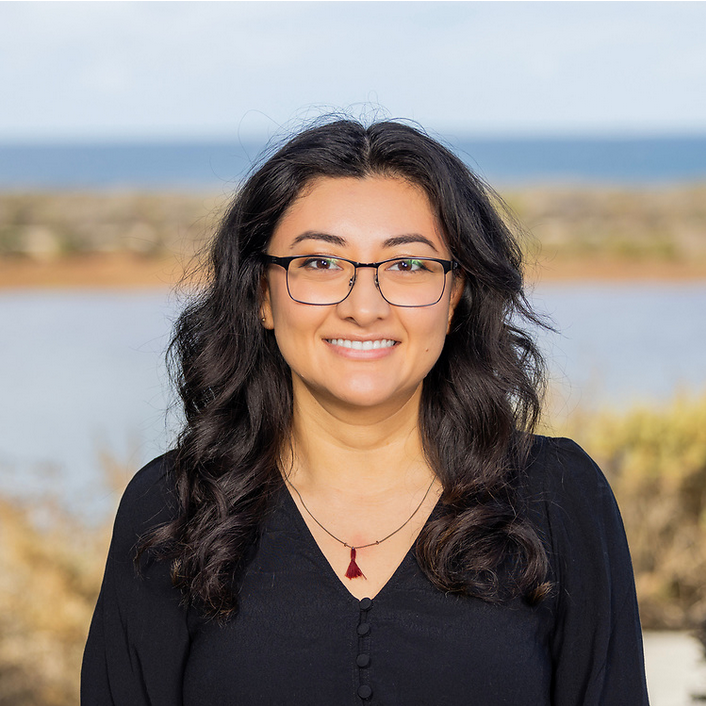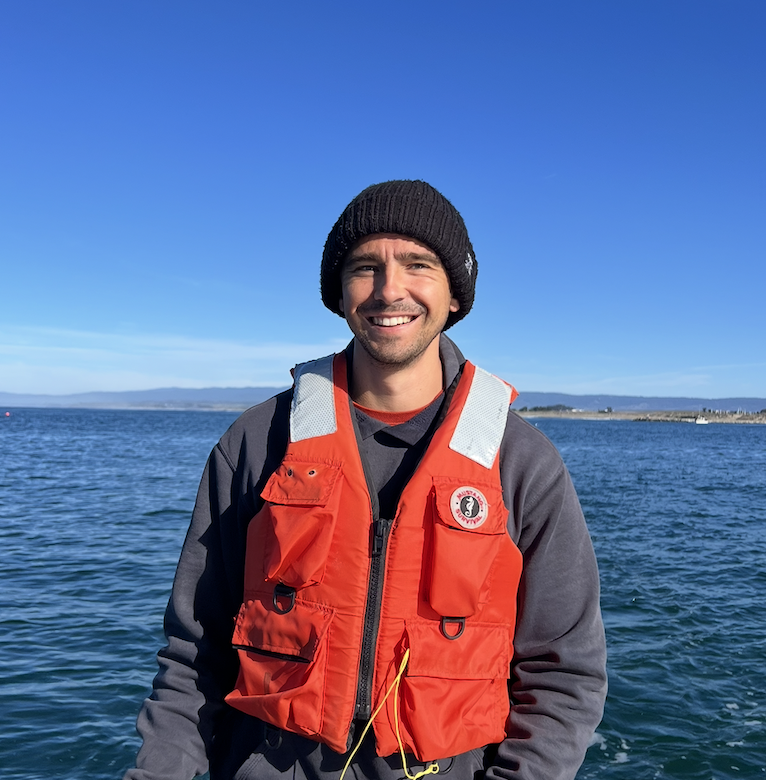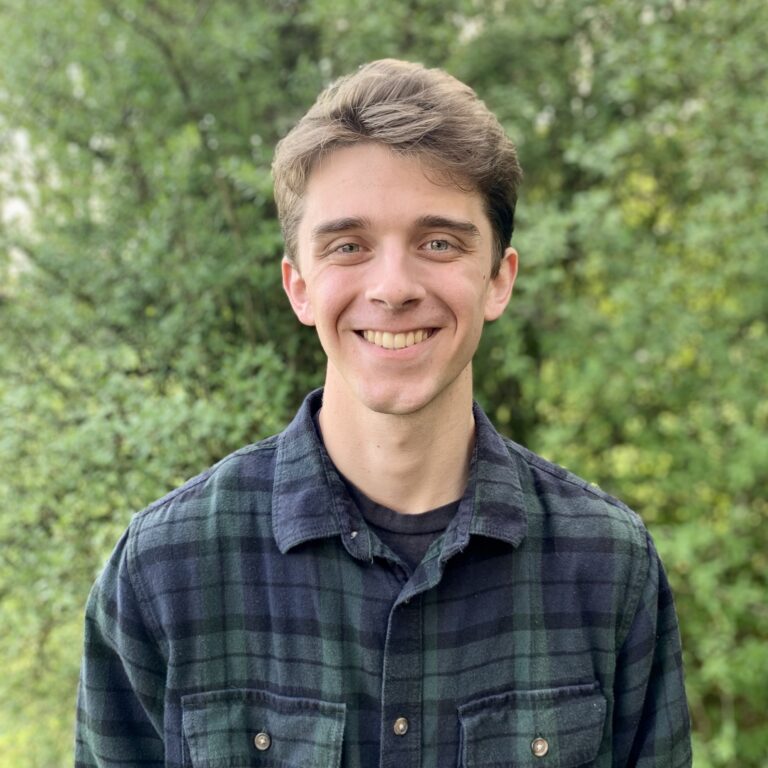Current Graduate Students
Nalina Johnson
Nalina is from Florida and received her B.S. in Environmental Science from Florida State University. Outside the lab, you can find her hiking, at the gym, and hanging out with friends. She expects to graduate in 2025.
Nalina's thesis project explores the transformation of biogenic silica in deep-sea sediments and focuses on the transition from Opal-A to Opal-CT. Through observing the environmental and thermal controls, she aims to understand the key drivers influencing silica phase changes and ordering in marine sediments.
Email: nalina.johnson@sjsu.edu


Haidee Vazquez
Haidee is from Santa Clarita, California, and received her B.S. in Environmental Science and Policy with a minor in geology from California State University, Long Beach. Outside the lab, you can find her outdoors hiking, camping, gardening, and exploring. She expects to graduate in May 2026.
Haidee's thesis project studies coastal flooding and erosion at Main Beach in Santa Cruz. She is analyzing the past 8 years to identify seasonal and annual patterns in beach volume and shoreline position. Additionally, she is examining the contribution to erosion, including how longer storm durations influence wave behavior and its interaction with the beach, as well as a possible decrease in sediment input from the San Lorenzo River, which has caused additional erosion.
Email: haidee.vazquez@sjsu.edu
Mason Jones
Mason is from a small coastal town in Delaware. He got his B.S. in Marine Sciences from Cal Poly SLO. Outside of the lab, you can find him riding one of his many bikes deep in the Santa Cruz mountains, enjoying the north coast surf, or drawing up the designs for his latest woodworking project. He expects to graduate in the fall of 2026.
Mason's thesis project involves mapping the bathymetry of the Monterey Canyon's head to gain deeper insights into sediment transport processes entering the canyon. Specifically, he aims to target the head tributaries, visualizing bathymetric changes to quantify how much sediment flows through these channels. By doing so, he can identify the most active tributaries and determine which littoral cell supplies sediment to the canyon. This research will help to understand the connectivity between terrestrial and marine sediment transport processes in this dynamic environment. Additionally, he plans to investigate where sediment accumulates within the canyon head before build-up leads to mass wasting events along the main axis of the canyon. Understanding these processes is crucial for predicting sediment flux and its implications for the broader ecosystem of Monterey Bay.
Email: mason.jones@sjsu.edu



